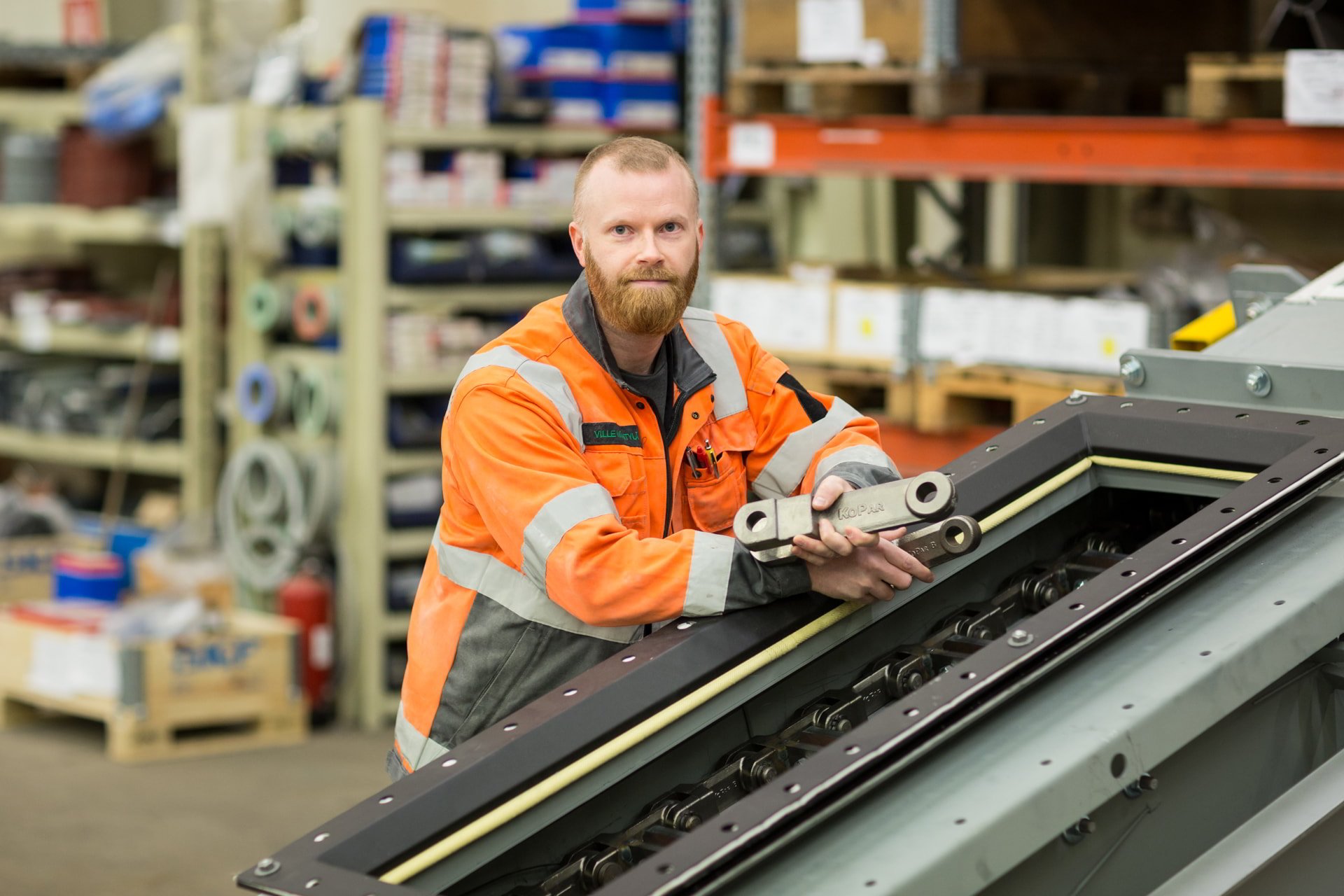Understanding the Basics of Pneumatic Conveying Solutions
Pneumatic conveying solutions are integral to the efficient transport of bulk materials within various industries. These systems are designed to move materials through pipes using different methods, such as pneumatic conveying, which utilizes air pressure to propel materials. Understanding the basics of pneumatic conveying solutions is crucial for any company looking to optimize its material handling processes.
At its core, a pneumatic conveying solution involves the design and implementation of a network of pipes that can transport materials over varying distances. The choice of materials, pipe diameter, and the type of conveying method are all critical factors that influence the efficiency and effectiveness of the system. By grasping these fundamentals, companies can make informed decisions that enhance their operational efficiency.
Types of Pneumatic Conveying Methods
There are several types of pneumatic conveying methods, each suited to different materials and operational requirements. High-pressure conveying, for instance, is ideal for transporting materials over long distances and can handle both dense and dilute phases. This method is particularly effective for materials that require a high degree of control and precision during transport.
On the other hand, low-pressure conveying uses blowers to move materials in a dilute phase. Understanding the specific needs of your material and operational environment will help in selecting the most appropriate conveying method, ensuring both efficiency and cost-effectiveness.
Designing an Efficient Pneumatic Conveying System
The design of a pneumatic conveying system is a critical aspect that determines its overall performance. Factors such as pipe diameter, material of construction, and the layout of the pipeline network must be carefully considered. An efficient design minimizes resistance and wear, ensuring smooth and uninterrupted material flow.
Additionally, the integration of advanced technologies, such as automated control systems, can further enhance the efficiency of the pipeline. These systems allow for real-time monitoring and adjustments, ensuring optimal performance and reducing the risk of downtime. By investing in a well-designed pneumatic conveying system, companies can achieve significant improvements in their material handling processes.
Maintenance and Safety Considerations
Regular maintenance is essential to ensure the longevity and reliability of pneumatic conveying systems. This includes routine inspections, cleaning, and the replacement of worn-out components. Implementing a proactive maintenance schedule can prevent unexpected breakdowns and extend the lifespan of the system.
Safety is another critical consideration. Pneumatic conveying systems must adhere to stringent safety standards to prevent accidents and ensure the well-being of employees. This includes the use of high-quality materials, proper installation practices, and the implementation of safety protocols. By prioritizing maintenance and safety, companies can create a safe and efficient working environment.
Cost-Benefit Analysis of Pneumatic Conveying Solutions
Implementing pneumatic conveying solutions involves a significant investment, but the long-term benefits often outweigh the initial costs. A comprehensive cost-benefit analysis can help companies understand the financial implications and potential returns on investment. This analysis should consider factors such as reduced labour costs, increased efficiency, and lower operational expenses.
Moreover, pneumatic conveying solutions can lead to substantial savings in energy consumption and material handling costs. By optimizing the transport process, companies can reduce waste and improve overall productivity. Conducting a thorough cost-benefit analysis will provide valuable insights and support informed decision-making.
Case Studies and Real-World Applications
Examining case studies and real-world applications of pneumatic conveying solutions can provide valuable insights and practical examples of their benefits. For instance, in the minerals and battery chemicals industries, pneumatic conveying solutions have been successfully implemented to handle a wide range of materials, from fine powders to larger aggregates.
These case studies highlight the versatility and effectiveness of pneumatic conveying solutions in various operational contexts. By learning from these examples, companies can gain a better understanding of how to tailor pneumatic conveying solutions to their specific needs and achieve optimal results.
Future Trends in Pneumatic Conveying Solutions
The field of pneumatic conveying solutions is constantly evolving, with new technologies and innovations emerging regularly. Future trends include the integration of smart technologies, such as IoT and AI, to enhance the monitoring and control of pipeline systems. These advancements can lead to even greater efficiency and reliability.
Additionally, there is a growing focus on sustainability and environmental responsibility. Companies are increasingly looking for ways to reduce their carbon footprint and minimize the environmental impact of their operations. By staying abreast of these trends, companies can ensure that their pneumatic conveying solutions remain cutting-edge and aligned with industry best practices.
Conclusion
Implementing pneumatic conveying solutions in your company can lead to significant improvements in material handling efficiency, cost savings, and operational reliability. By understanding the basics, selecting the appropriate conveying methods, and investing in a well-designed system, companies can optimize their processes and achieve long-term success.
Regular maintenance, adherence to safety standards, and a thorough cost-benefit analysis are essential components of a successful pneumatic conveying solution. By staying informed about future trends and learning from real-world applications, companies can continue to innovate and maintain a competitive edge in their respective industries.

You have a challenge that needs solving?
Let us help! Contact us for more information about our products and services.
